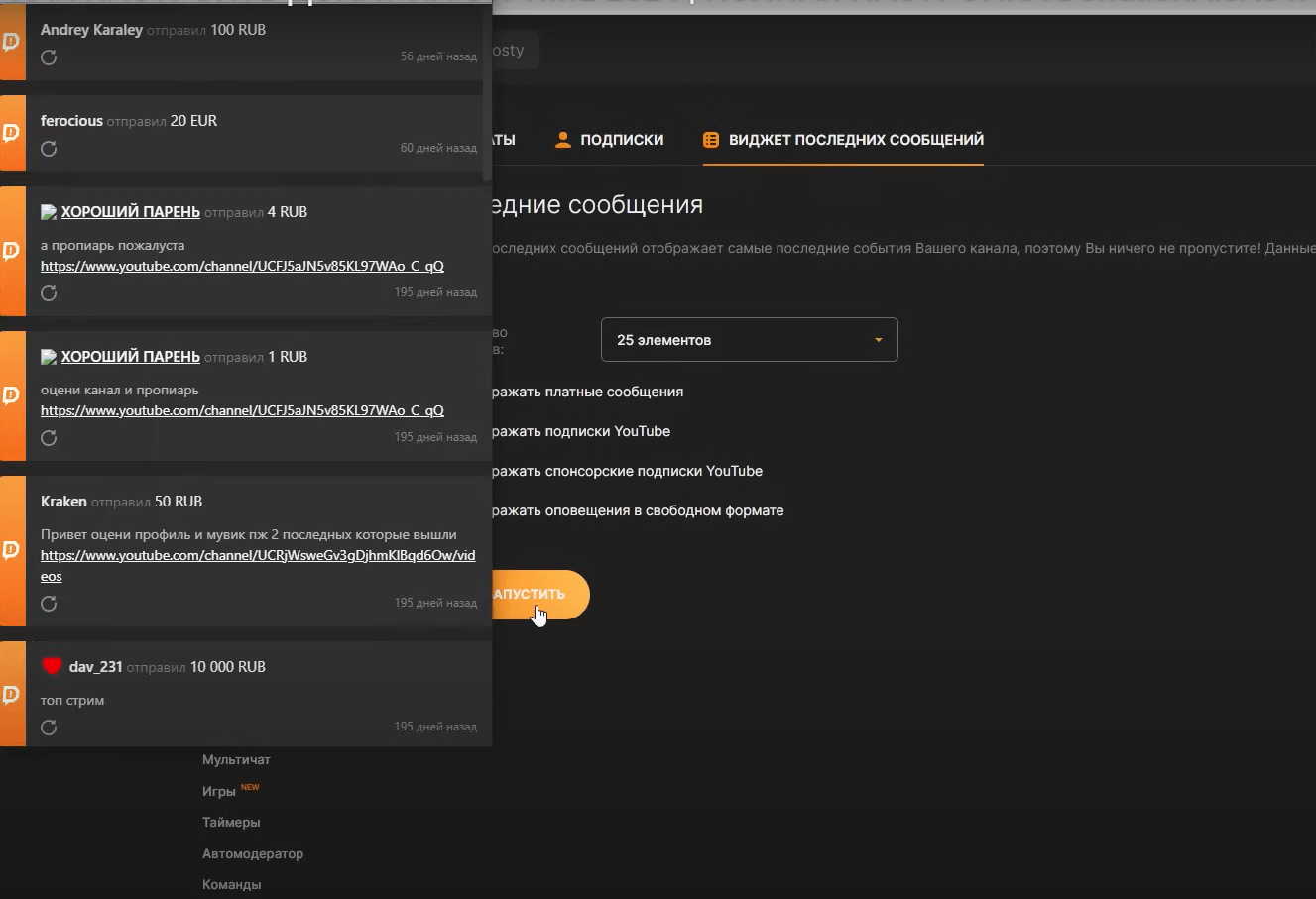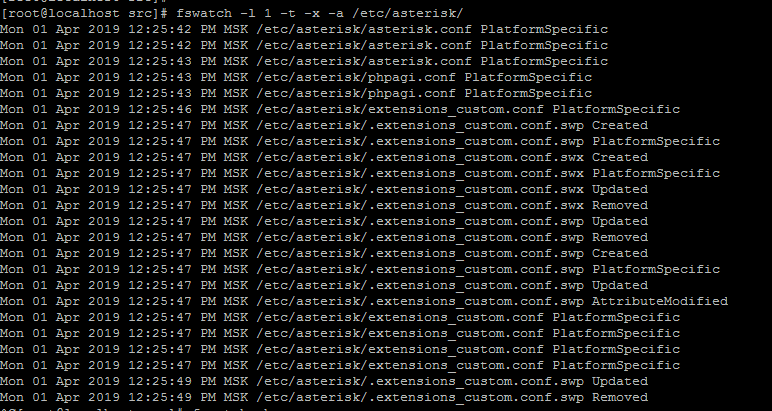How to Set Up Monitoring and File Management on a Server
1. Installing and Configuring Monitoring Software
For effective server monitoring, you can use various programs such as Nagios, Zabbix, or Prometheus. Let’s install and configure one of them to monitor the server’s status and resources.
1.1. Installing Nagios:
sudo apt update
sudo apt install nagios1.2. Configuring Nagios:
Open the Nagios configuration file and configure monitoring of the necessary resources, adding hosts, services, and notifications about problems.
sudo nano /etc/nagios/nagios.cfg2. Managing Files on the Server
For convenient file management on the server, you can use various programs, for example, FileZilla, WinSCP, or SSH.
2.1. Installing and Configuring FileZilla:
FileZilla allows you to conveniently work with files on a remote server via FTP or SFTP protocol.
sudo apt update
sudo apt install filezilla2.2. Installing and Configuring WinSCP:
WinSCP also provides the ability to manage files on the server using the SCP or SFTP protocol.
sudo apt update
sudo apt install winscp2.3. Managing Files via SSH:
If you don’t have the option to install a graphical program, you can manage files on the server via SSH.
ssh username@server_address3. Comparison of Software for Monitoring and File Management
Here is a brief comparison of programs for monitoring and managing files on the server:
- Nagios: a powerful tool for server monitoring with extensive customization options.
- Zabbix: also an effective monitoring tool with a user-friendly web interface.
-
Prometheus: specializes in monitoring containers and cloud resources.
- FileZilla: a simple and convenient FTP client with a graphical interface.
- WinSCP: offers a convenient interface for managing files via the SCP or SFTP protocol.
- SSH: a standard way to remotely manage files via the command line.
Choose the program that best suits your server and tasks, and configure it according to your needs.





